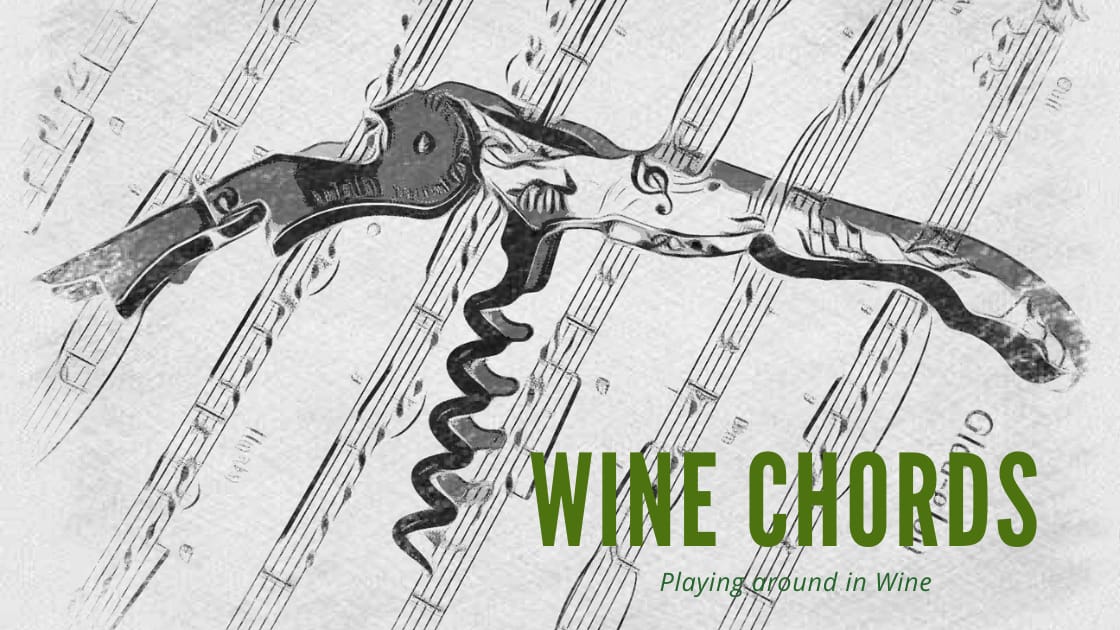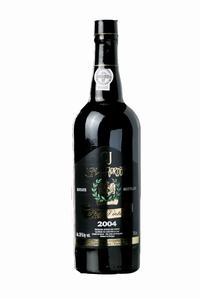At Finca Montepedroso we met winemaker Lauren Rosillo and Marta Martínez Bujanda (of the family that owns the winery).
Montepedroso is a beautiful farm on a plateau overlooking the Rueda village. It was bought in 2008, and a functional winery built in the typical materials of the area opened four years later.
They manage 25 hectares of vineyards with an average of 20 years, at an altitude of 750 meters. This is a one wine farm, dedicated to one single variety, the verdejo, and only 120.000 bottles are made annually.
Here are three types of soils: alluvial soil on top of the plateau accounts for 70%, clay soil in the gorge where the oldest vineyards are planted, and a soil with a large quantity of lime and clay sediments.
We are on the central Castilian meseta, with cold and long winters, short springs with late frosts and hot and dry summers. The vines find water and nutrients deep down the subsoil, and the wide temperature gives freshness and acidity to the wine.
The fermentation starts without addition of yeasts. Lauren says that for him this is the only way. And worth mentioning here is that the typical features for the verdejo are green apple and grass, and that the tropical aromas found in many verdejos are from added yeasts, according to the winemaker. The fermentation at Montepedroso lasts typically for 19 days at 16ºC. Then the must rests over its fine lees for five months with weekly stirring. The wine is completely dry, but the lees add a sensation of sweetness. Lauren says that he aims for acidity, varietal character – and a low alcohol (here typically 12-12,5).
Marta and Lauren, with Rueda village in the background
We first tasted the most recent vintage, Finca Montepedroso 2016. This is light yellow with a greenish hint, aromatic with notes of green apple, apricot, fennel, white flowers and hay. It has both volume and structure in the mouth, and a fresh balancing acidity. In sum a personal verdejo, but in a traditional line.
We also tasted the 2010, the first vintage of the wine, to see the development. 2010 had frost during spring, and the production was low. This wine was more golden, still flowery, but with mature sensations of honey and a touch of petrol. Very fresh and appealing.
We also tasted a few wines from Martínez Bujanda‘s other projects. Their single estate in Rioja is Finca Valpiedra, 80 hectares between Fuenmayor and Cenicero at an altitude of just over 400 meters, where we find alternating Atlantic and Mediterranean influences. This is the only Rioja estate to be included in the organization Grandes Pagos de España. Both wines are predominantly tempranillo, but with presence of other Rioja varieties, such as graciano.
Cantos de Valpiedra 2013 had a cherry red colour, an aroma of dark fruits, blackberry, fennel with slight hints of vanilla. In the mouth it was quite full, and a decent level of acidity gives freshness and contributes to the balance. The Finca Valpiedra Reserva 2010 had a slightly darker, intense black cherry colour. The aroma was complex with red and dark fruits, balsamic, a touch of smoke, and some vanilla, spices and tobacco from the oak-ageing. The tannins are still there, but they are rounded off by age, it’s fresh and delicate, and with a good balance between fruit and wood.
Lauren and Marta with some of the visitors
During the travels through the many great vineyards of Spain Finca Antigua was a “love at first sight” experience, according to both Marta and Lauren. This is close to where the winemaker lives, in the Cuenca province towards the border of Toledo. We find scrubland, vineyards and forest, and it’s easy to maintain the eco-diversity. It’s a vast farm in Castilla-La Mancha with an altitude over 900 meters, one of the coldest part of the meseta, and extreme variations between day and night. They decided that varieties well-apted for this land were merlot, syrah, petit verdot and cabernet sauvignon, together with tempranillo (formerly known in Central Spain as cencibel) and other national grapes.
The wines have cool elegance and freshness, and the wines improve with age. But even with full phenolic maturity the alcohol levels rarely exceeds 14, not even in the hottest years. The Finca Antigua 2012 (a crianza of 50% tempranillo, and the rest merlot, syrah and cabernet) was a dark, cool wine, with aromas of chalky minerals, almost milky (from the malolactic, I guess), fresh berries, and in the mouth it had a creamy structure and then a wonderful acidity. The Reserva 2010 (70% merlot, complementet with cabernet and syrah) was also a dark and cool wine, with cherries and berries from the woods, balsamic (mint, eucalyptus), herbal (thyme), with a slightly tougher structure than the crianza.
Sidestepping: Please read here about Lauren’s solo project in Málaga, where I met him for the first time.
Coming back: These days when we speak a lot about the changes of Rioja (Norwegian readers can read a couple of articles on these pages), it’s no doubt that the Martínez Bujanda family is in the vanguard. And it’s no better place to experience this than the tasting table where are sitting right now, with a view of the picturesque village of Rueda.



























 the Axarquía dessert
the Axarquía dessert







 Many happy faces in Stavanger. No wonder!
Many happy faces in Stavanger. No wonder!